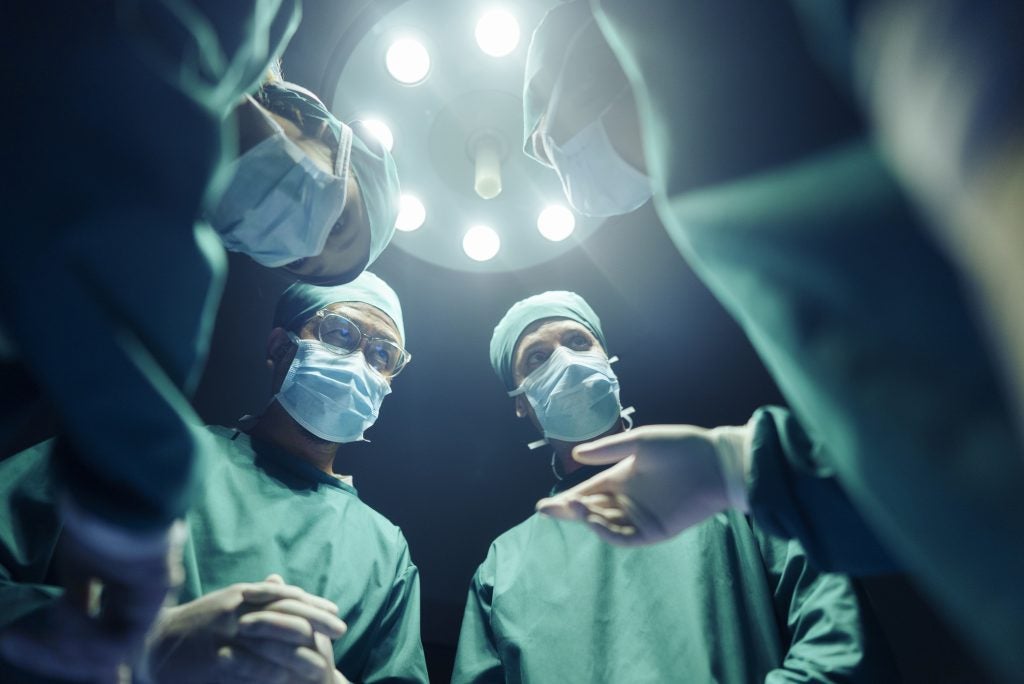Proximie has launched its software development kit (SDK), which is focused on digitising operating and diagnostic rooms.
The healthcare platform combines telepresence, content management, and data insights to enable hospitals, surgeons, and device companies to share information and expertise.
The company showcased the SDK at Slush 2023, held in Helsinki, Finland, from 30 November to 1 December, where Proximie developed a robot (PxMosay) to demonstrate the capabilities of SDK.
Last year, Proximie partnered with US-based telemedicine company Teladoc Health to develop a fully integrated robot that allows authorised remote participants to reposition cameras and screens during surgeries, improving views without disrupting on-site clinical staff.
The use of robotics in healthcare has gone from strength to strength, with the application in surgical navigation one of the biggest fuelers of its growth, according to a report by GlobalData. According to GlobalData’s Medical Intelligence Center, the market for robots in surgical procedures will reach $15.8bn in 2030 globally.
Proximie leads the surgical training on the Medtronics Hugo Robotic-assisted Surgery (RAS) system, which debuted in the UK in June. Surgeons can view live surgeries without being physically present via the platform. They can also look back at recordings of previous surgeries, providing opportunities to revise the system’s way of working.
Proximie founder and CEO Nadine Hachach-Haram said: “Demand for advanced medical devices and robotics will only continue to grow, given the potential for these systems to improve surgical productivity and patient safety.”
Stryker, one of the leaders in surgical robotics, was granted a patent for a probe designed for minimally invasive surgery. The probe has a neuromonitoring element and an optional ultrasound sensor that enhances the functionality of the probe, allowing for improved detection and monitoring of electrical activity during surgical procedures. The company also launched its brain surgery guidance software in July, assisting in positioning instruments and displaying patient cranial anatomy.









